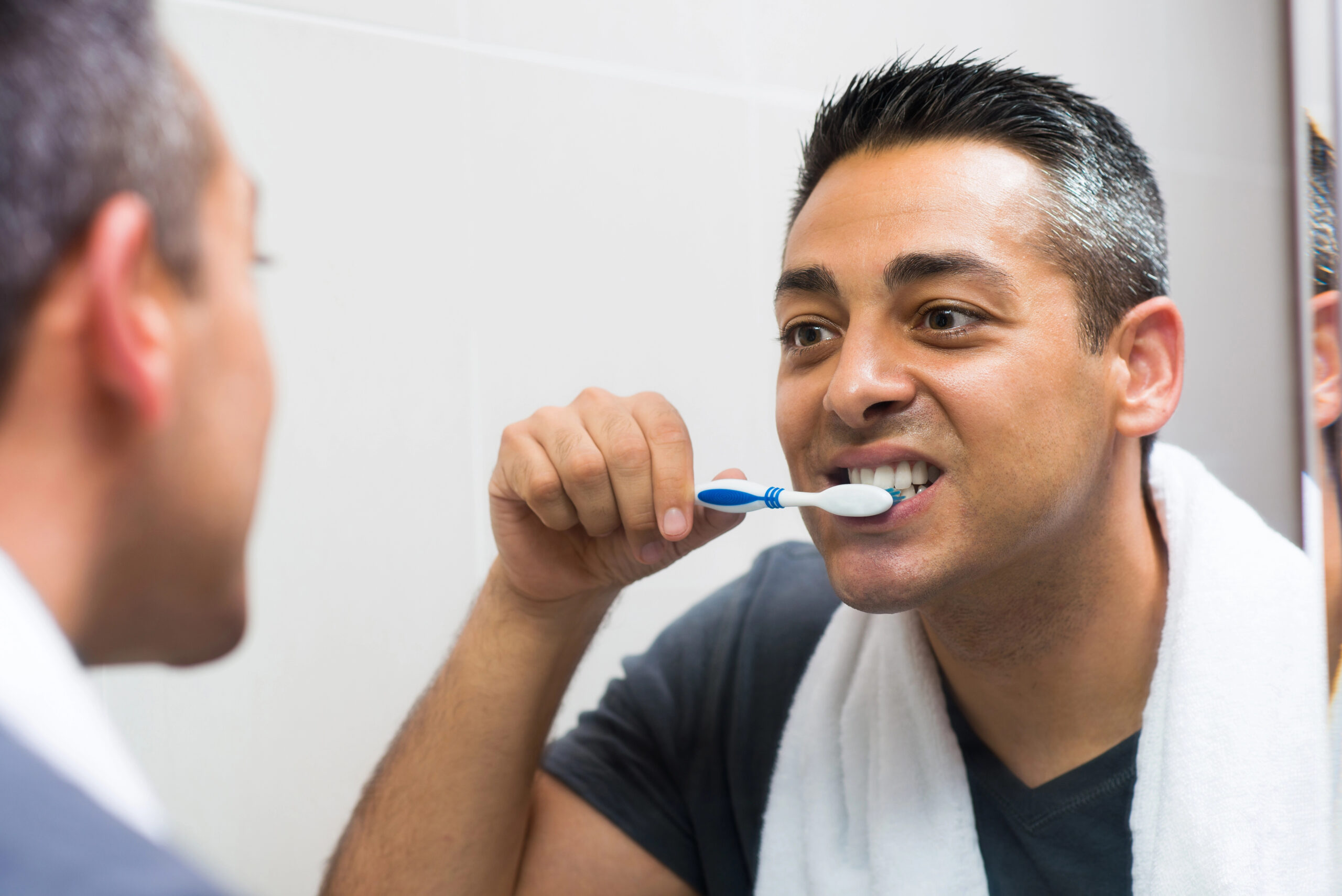How to Properly Brush Your Teeth – Techniques for Adults
How to Properly Brush Your Teeth
Brushing your teeth is the foundation of good oral hygiene. It’s something most of us do daily, yet many people don’t realize there’s a right and wrong way to do it. Proper brushing is about more than just cleaning your teeth; it’s about protecting your gums, preventing cavities, and keeping your breath fresh.
In this guide, the Brandon Smiles Dentistry team take you through effective brushing techniques for adults, address common questions, and provide tips to keep your smile healthy.
What Brushing Techniques Should I be Using?
While brushing may seem straightforward, specific techniques can make a world of difference in how effectively you clean your teeth and gums. Below are three popular methods recommended by dental professionals.
1. Bass or Sulcular Technique
The Bass technique is one of the most commonly recommended brushing methods because it targets plaque buildup along the gumline. To use this technique, angle your toothbrush at a 45-degree angle toward your gums. Gently wiggle the bristles back and forth in small, vibrating motions, focusing on one or two teeth at a time. This method is particularly effective at cleaning the area where your teeth meet your gums, which is a hotspot for plaque and bacteria.
2. Stillman Technique
The Stillman technique is similar to the Bass method but emphasizes massaging the gums as well as cleaning the teeth. With your toothbrush at a 45-degree angle, position the bristles so they partially touch both the gumline and the tooth. Use a gentle, sweeping motion away from the gumline. This technique is excellent for stimulating gum health while removing plaque.
3. Charter Technique
The Charter technique is often recommended for people with braces, bridges, or other dental appliances. Angle the toothbrush at a 45-degree angle, but this time point the bristles away from the gumline toward the biting surface of the teeth. Use short, circular motions to clean around brackets, wires, or dental restorations. This method helps prevent plaque buildup in areas that are hard to reach with other techniques.
How Long Should You Brush Your Teeth?
To effectively clean your teeth, you should brush for at least two minutes, twice a day. While two minutes might not sound like a long time, most people tend to fall short without realizing it.
Using a timer or an electric toothbrush with a built-in timer can help you stay on track. Divide your mouth into four sections (upper right, upper left, lower right, and lower left) and spend 30 seconds on each section to ensure even coverage.
Can You Brush Your Teeth Too Much?
Yes, overbrushing is a real concern.
Brushing your teeth too often or using too much pressure can wear down your enamel and irritate your gums, leading to sensitivity and even gum recession over time. Twice a day is sufficient for most people, and you should always use gentle pressure. Remember, brushing harder doesn’t mean you’re cleaning better.
How to tell if your teeth are clean enough
After brushing, your teeth should feel smooth when you run your tongue over them. If you notice any rough spots on the outer surfaces, it could indicate plaque that hasn’t been fully removed. Another way to check is by looking in the mirror (your teeth, including the chewing surfaces, should appear clean and free of visible food particles).
If you’re unsure, consider using a disclosing tablet. These chewable tablets temporarily stain plaque, showing you where you might be missing spots during brushing.
Commonly Asked Questions About Brushing
How Important is the Toothpaste I Use?
The toothpaste you choose plays a vital role in your oral hygiene routine. Look for a toothpaste that contains fluoride, as it strengthens enamel and helps prevent cavities. If you have specific dental concerns, such as sensitivity or gum health, there are specialty toothpastes designed to address these issues. Your dentist can recommend a toothpaste that’s best suited to your needs.
How Often Should I Replace My Toothbrush?
You should replace your toothbrush every three to four months or sooner if the bristles become frayed. Worn-out bristles are less effective at cleaning your teeth and can even cause gum irritation. If you’ve been sick, it’s a good idea to replace your toothbrush to avoid reintroducing bacteria into your mouth.
What Type of Toothbrush Should I Use?
Soft-bristled toothbrushes are the best choice for most people. Soft-bristled brushes are gentle on your gums and enamel while still being effective at removing plaque. Both manual and electric toothbrushes can work well, so the choice often comes down to personal preference. Electric toothbrushes can be especially helpful for those with limited dexterity or those who want assistance maintaining proper brushing technique.
Dental Hygiene with Brandon Smiles Dentistry
At Brandon Smiles Dentistry, we believe that brushing your teeth isn’t just about cleaning your mouth, it’s about maintaining your overall health and confidence. By using the right techniques, tools, and timing, you can keep your smile looking and feeling its best.
Our team is here to guide you in every step of your oral care journey. If you have questions about your brushing habits or are due for a professional dental cleaning, we’re happy to help. Book an appointment with Brandon Smiles Dentistry today.

